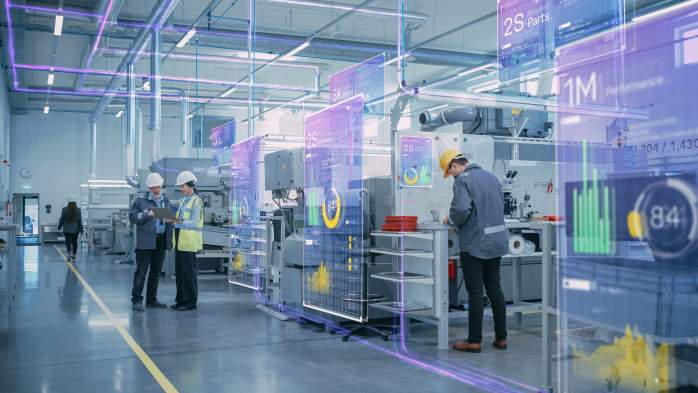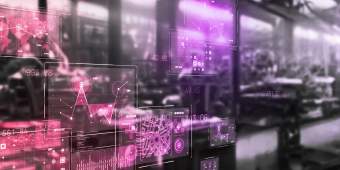America is in the midst of a manufacturing renaissance. The multi-trillion-dollar industry is on track to dramatically ramp up production, quality, and revenue generation. But to stay the course, manufacturing leaders need a well-staffed and well-equipped workforce.
That’s by no means a sure thing. By 2030, manufacturers could be short 2.1 million workers. The workers that remain will need to do more work at a higher quality to meet customer expectations. Without efficiency-boosting tools, though, workers could wind up overstretched and burned out. The impact: more employee attrition, less satisfied customers, and lower revenue.
The good news is that emerging industrial IoT technology (IIoT) is helping workers do their jobs smarter and faster. The companies leveraging this tech are part of what McKinsey has termed the “titanium economy.” Together, they’re paving the way for “Industry 4.0”: a new era of smart manufacturing and industrial innovation.
By investing in innovative IIoT solutions, manufacturing leaders can future-proof their workforce and gain a foothold in this new phase of industry. The key: designing a strategy for continuous IIoT innovation.
Here, we’ll look at how IIoT is transforming factories and how leaders can strategize their IIoT innovation. But first, here’s more on why a potential labor shortage demands an investment in industrial technology.







